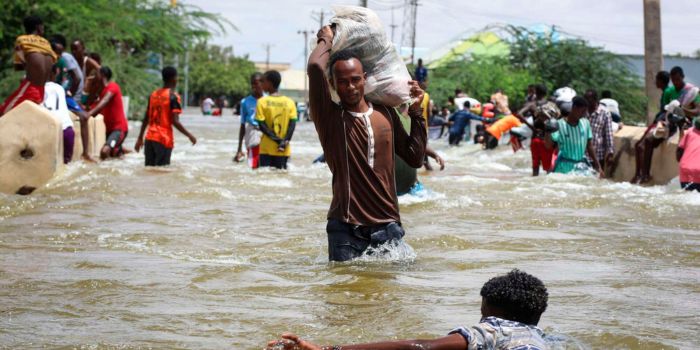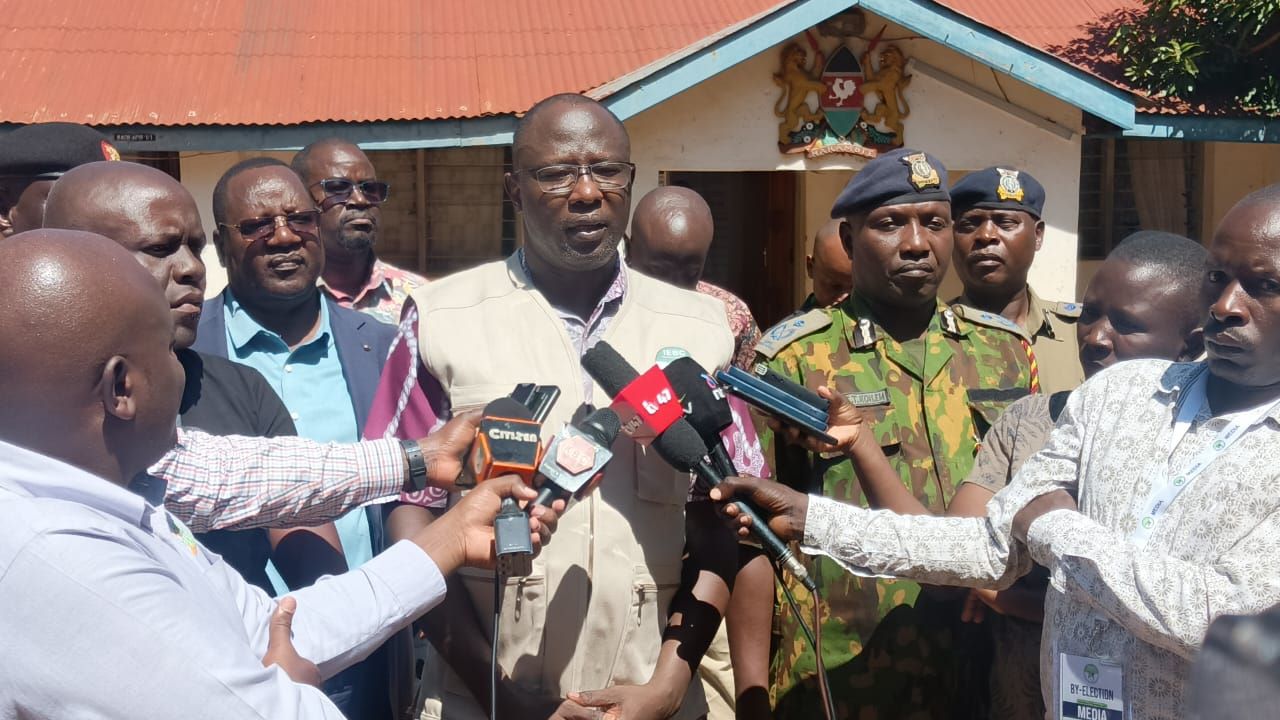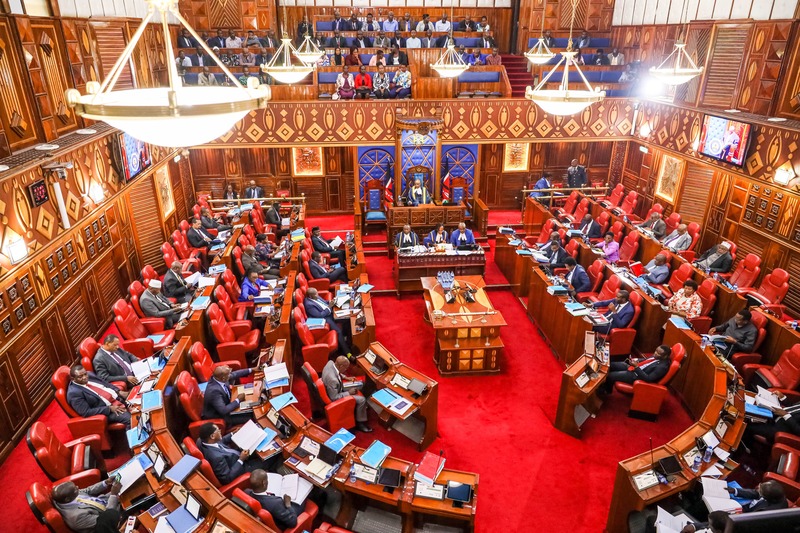Heavy rains in East Africa as southern region grapples with drought

The sharp contrast has been attributed to climate change and human activities that have fast-tracked the phenomenon.
As heavy rain pounds countries in East Africa, causing death, displacement and severe property damage, the southern part continues to account for the worst drought in decades.
The sharp contrast has been attributed to climate change and human activities that have fast-tracked the phenomenon, raising concerns over yet another drought on the continent.
More To Read
- Auditor General flags Sh475 million climate summit grant signed four months after event
- African leaders adopt Addis Ababa Declaration as second African Climate Summit ends
- Kenya, Ethiopia to boost cooperation on renewable energy, climate finance as Ruto attends Africa climate summit
- Africa’s top climate change challenges: A fairer deal on phasing out fossil fuels and mobilising funds
- New study warns the world is running out of time to avoid the worst impacts of climate change
- "Existential threat": Ruto calls for joint global action on climate change
The rains do not favour crop production as plants are destroyed by floods and diseases, which lowers projected harvests.
Met departments in East African countries have predicted that the heavy downpours will continue this month, hence the need for disaster risk preparedness and a proper assessment of the impact.
In Kenya, at least 160 people had died by Tuesday morning following the heavy rains that the Interior ministry says have affected 190,942 individuals after dams and rivers broke their banks, causing floods in multiple regions. At least 91 are missing.
Other consequences
In Rwanda, Emergency Management Permanent Secretary Philippe Habinshuti announced on Tuesday that more than 10 people had been killed in disasters triggered by heavy rains in various parts of the country over the past 10 days.
Mudslides killed some, while others were struck by lightning.
In Tanzania, Prime Minister Kassim Majaliwa told Parliament that the El Nino climate pattern has worsened the rainy season, causing flooding and destroying roads, bridges, and railways, Al Jazeera reported.
Majaliwa added that the flooding and landslides have killed 155 people and injured 236 others, primarily due to environmental degradation caused by deforestation, unsustainable farming practices such as the "slash and burn" technique, and unregulated livestock grazing.
In Burundi, around 96,000 people were displaced by months of relentless rains, the United Nations and the government said earlier this month.
The UN Office for the Coordination of Humanitarian Affairs (OCHA) said in an update this week that in Somalia, the "Gu" rains that occur from April to June are intensifying, with flash floods reported since April 19.
Uganda has also suffered heavy storms that have caused riverbanks to burst, with two fatalities confirmed and several hundred villagers displaced.
The southern experience
In contrast, countries in most parts of southern Africa continue to record below-average rainfall, with Zimbabwe, Zambia, Malawi, Angola, Mozambique, and Botswana receiving less than 20 per cent of the typical rain expected this season.
This signals devastating consequences for the populations that mainly rely on rain-fed agriculture, the World Weather Attribution notes.
The World Weather Attribution is an agency comprised of a team of scientists, including Kenyan experts, who study extreme weather events and the impact of climate change on occurrences such as heat waves, droughts, and storms.
"The drought also led to dramatic water shortages, particularly in Zambia and Zimbabwe, where water supply infrastructure is underdeveloped. As a consequence, the countries have been battling major outbreaks of cholera and other waterborne diseases. Additionally, the affected countries in southern Africa face an increased risk of severe food insecurity between the current and the next rainy season," the agency notes.
It further adds that human-induced climate change has been found to increase aridity in some regions in southeastern Africa, but studies on countries affected by the 2024 drought, which has been reported to be the worst on record in parts of Zambia and Zimbabwe, are sparse and often focus on much larger regional averages.
A technical report on the impact of floods on countries in the IGAD region notes that heavy rains have caused widespread flooding in Kenya, Ethiopia, Somalia, Tanzania, and Burundi, revealing big gaps in disaster preparedness and early action despite early warnings.
"The devastating floods have killed at least 193 people, including children, across the Horn of Africa in recent weeks, with more than 700,000 displaced, according to the Relief Web, and rains show no signs of slowing down according to the forecast by ICPAC," the report notes.
Top Stories Today











































